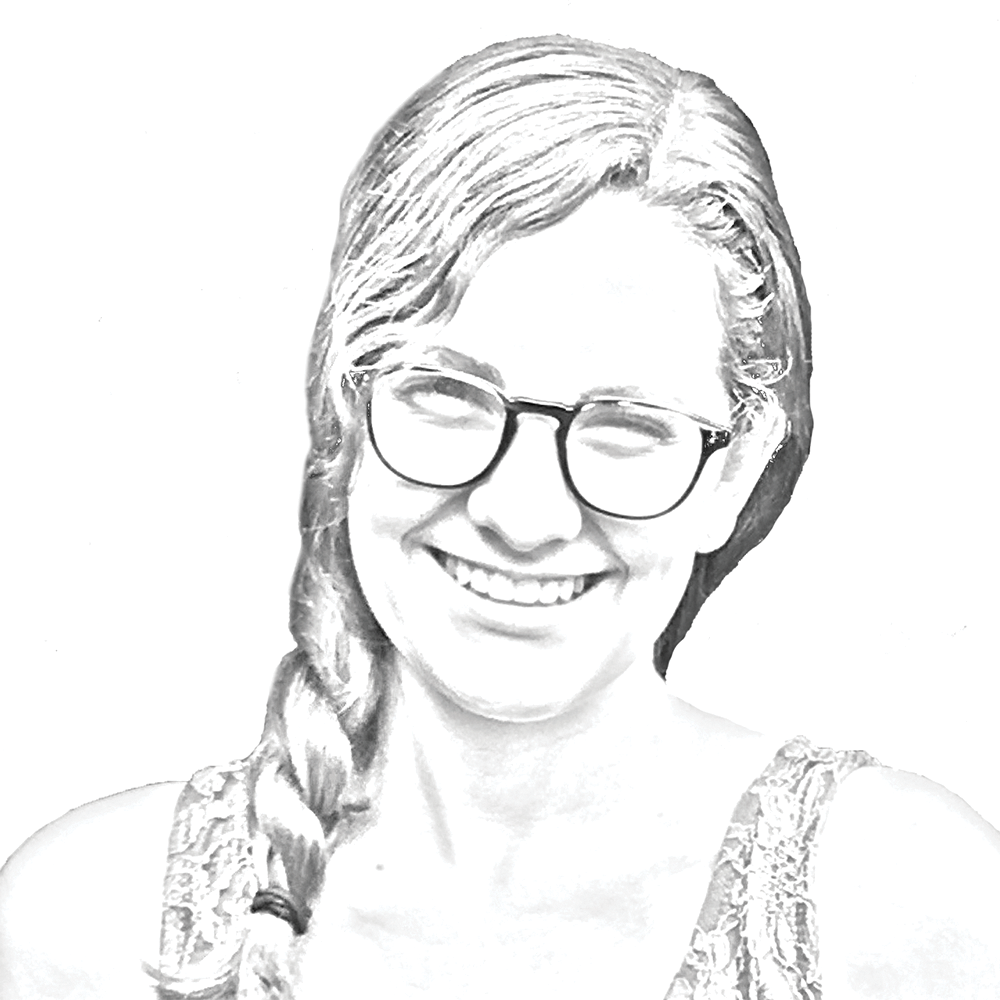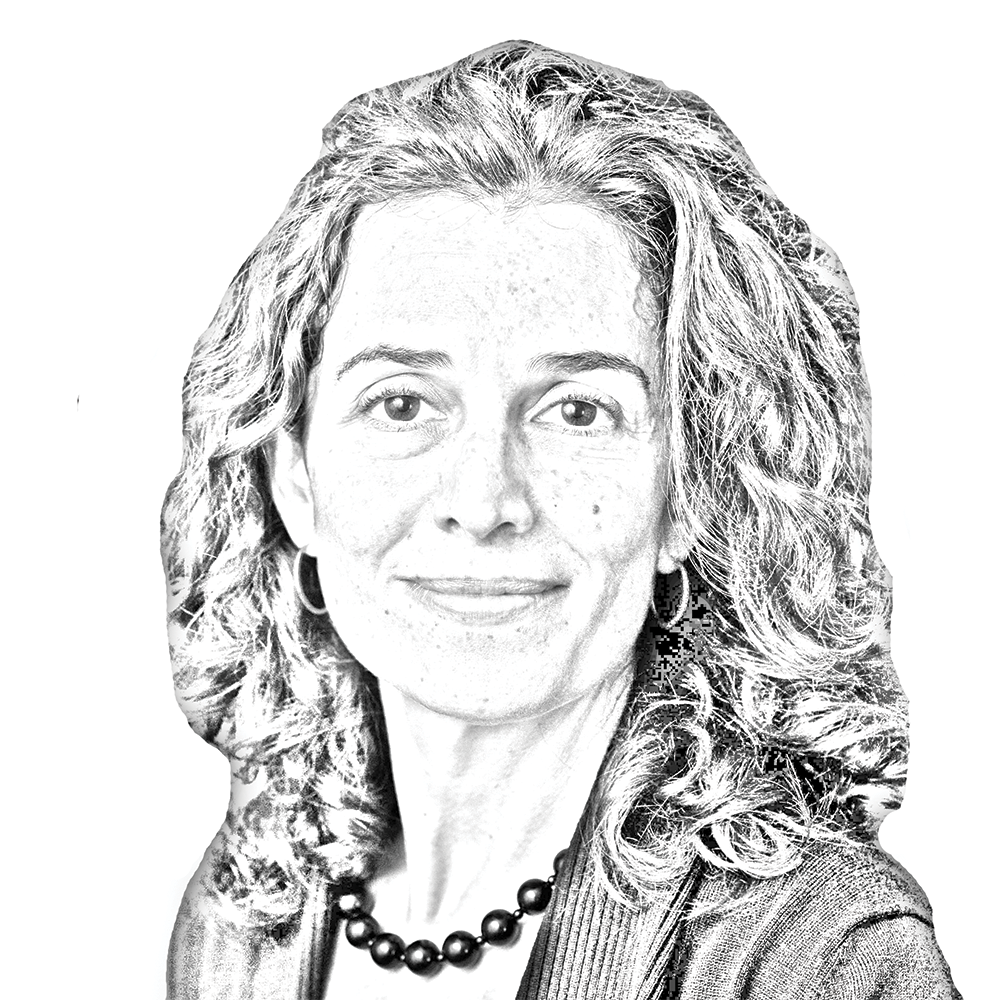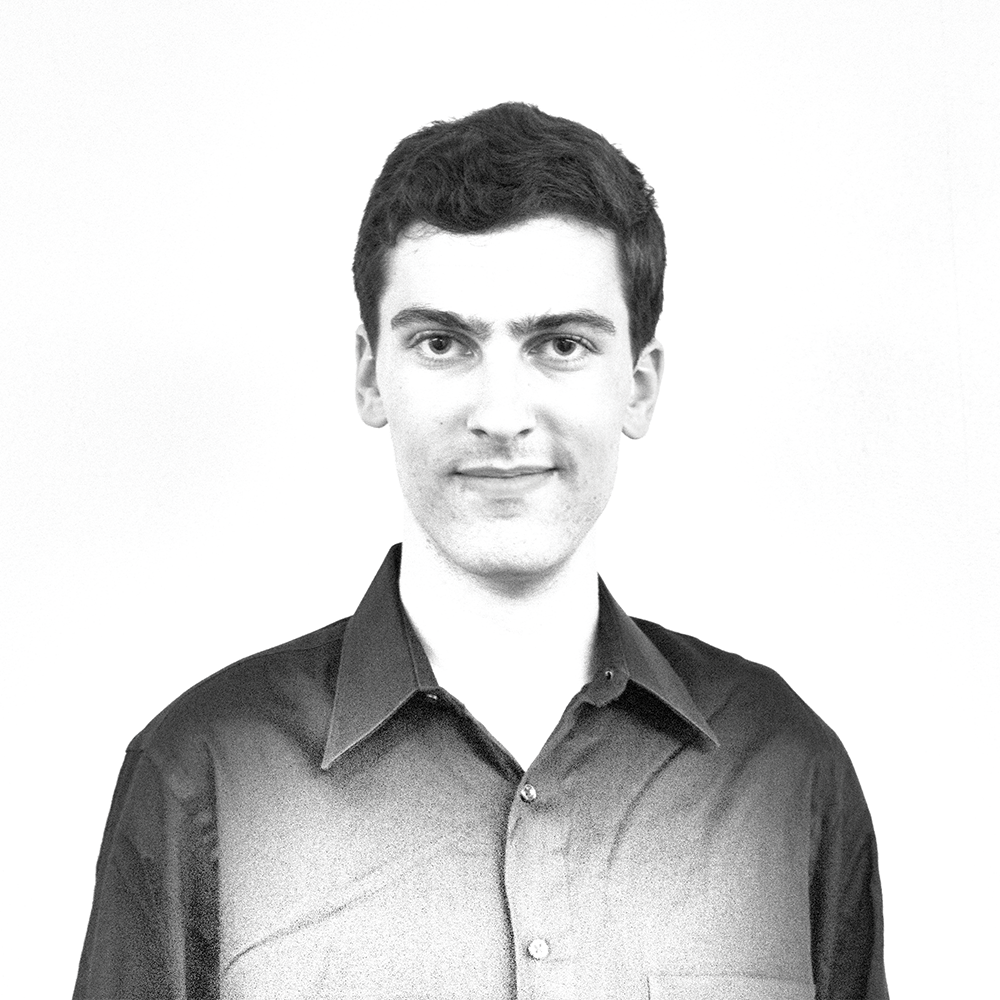In just two short weeks, the #FeesMustFall campaign shook South Africa. Students shut down campuses across the country to protest massive double-digit tuition increases for the following year, including an 11.5 percent increase at Stellenbosch University. Students faced police brutality in the form of tear gas, riot police, intimidation and arrests, bringing the country to a standstill so their voices could be heard.
South Africa’s current government, led by President Jacob Zuma of the African National Congress, is widely known for its widespread corruption, a sharp contrast from the days of Nelson Mandela and the liberation movement against apartheid.
South Africa’s government spends nearly 20 percent of its budget and 5 percent of national GDP on education, more than most countries in the world, yet ranks last out of 148 countries in quality of math and science education in grade school. For low income students, who are often black, the uphill battle to break out of the intergenerational cycle of poverty only gets steeper as tertiary education fees outpace inflation.
In hindsight, it may not be surprising that Higher Education Minister Blade Nzimande proposed exorbitant fees increases overnight without engaging in any dialogue with or consideration that many students would not be able to return to school next semester. The ineptitude and elitism of the ANC government showed itself at its worst when Blade said on camera, “#StudentsMustFall” and laughed as the protests took place.
Stellenbosch was outraged as a whole, but tangible action started small. Sixy-six students occupied an administration building on campus last Monday afternoon. In response, the university issued an interdict Tuesday morning, hired private security services of towering muscular men in black and brought in riot police against their own students. The Sherriff gave the peaceful occupying students the option to leave or to be arrested. While a few students left, the majority stayed and stated they would voluntarily hand themselves over to be arrested. Instead of the promised peaceful arrest, though, students were blocked in the front by the men in black, surrounded behind by the riot police while being beaten with their plastic shields and batons.
This movement snowballed into mass action at Stellenbosch. The university was shutdown on Wednesday as students gathered by the hundreds in the Rooiplein (the Stellenbosch version of Georgetown’s Red Square) to march. For an hour students gave speeches explaining how this fee increase would prevent them from returning to study, how Stellenbosch University management itself refused to engage in dialogue, how angry they were that both Blade and President Zuma still did not have the decency to even address students.
What started as a small group of students who stopped studying on the eve of final exams and risked arrest for their principles had grown into a mass movement. The past week of classes, tests and studying was disrupted as students protested, calling upon their peers to put down their books and join them marking their place in history. Students were willing to sacrifice one exam grade today so there would be a chance for the friend to their left to attend school tomorrow.
Friday morning, more than a thousand students gathered for a midnight rally. #StelliesFeesMustFall leader Lovelyn Nwadeyi outlined the context of the recent events. With the Internet regularly going down and general confusion about biased media reports and distrusted government statements, laying out the student narrative of events was essential for everyone to understand why and how both the country and Stellenbosch had erupted into protest. Nwadeyi outlined three clear demands. First, the interdict against students protesting must be dropped. Second, there must be no fee increase in the upcoming year. Third, students who protest must be accommodated for an exam period.
On Friday, the fees finally fell. President Zuma agreed not to raise the tuition. All three of the demands laid out by Stellenbosch students were met. But this was only a first victory; the battle, not the war, was won. It will be the responsibility of a more politically active populace led by enlightened students to hold the government accountable. To cut waste and corruption and properly invest in education in order to make up for the shortfalls universities will face.
Despite well-disciplined student movements, global media reported unrest and student violence. In reality, less than a handful of people committed these actions. Yes, tensions were high, but police responses were excessive. Student leaders were frequently targeted or arrested. In Cape Town, students broke through the gates of parliament to protest the government itself before being beaten back by tear gas and rubber bullets, which pierced their skin. White students, at one point, formed a human shield around black students, crossing their arms showing they were unarmed to protect their peers, wrongfully portrayed in the media as an unruly violent black mob.
Following in history’s footsteps of the student-led Soweto uprising in 1976, the “Born Free” generation of post-apartheid South Africa now looks to the future. The world just witnessed how organized and powerful these students can be when they are strengthened and united in diversity rather than divided by color. If these students are to be the next generation of African leaders, we could very well see the 21st century finally become the African century.
What can we learn from South Africa? How long until we adopt their tactics and demand answers and reform nation-wide for exploding student tuitions? In America, student tuitions have increased by 538 percent since 1985. Imagine what Georgetown students could accomplish if we gathered by the thousands and filled Red Square before joining other universities in a march on Capitol Hill.
Alexander Bobroske is a junior in the School of Foreign Service. Oh The Places You’ll Go appears every other Friday.




















